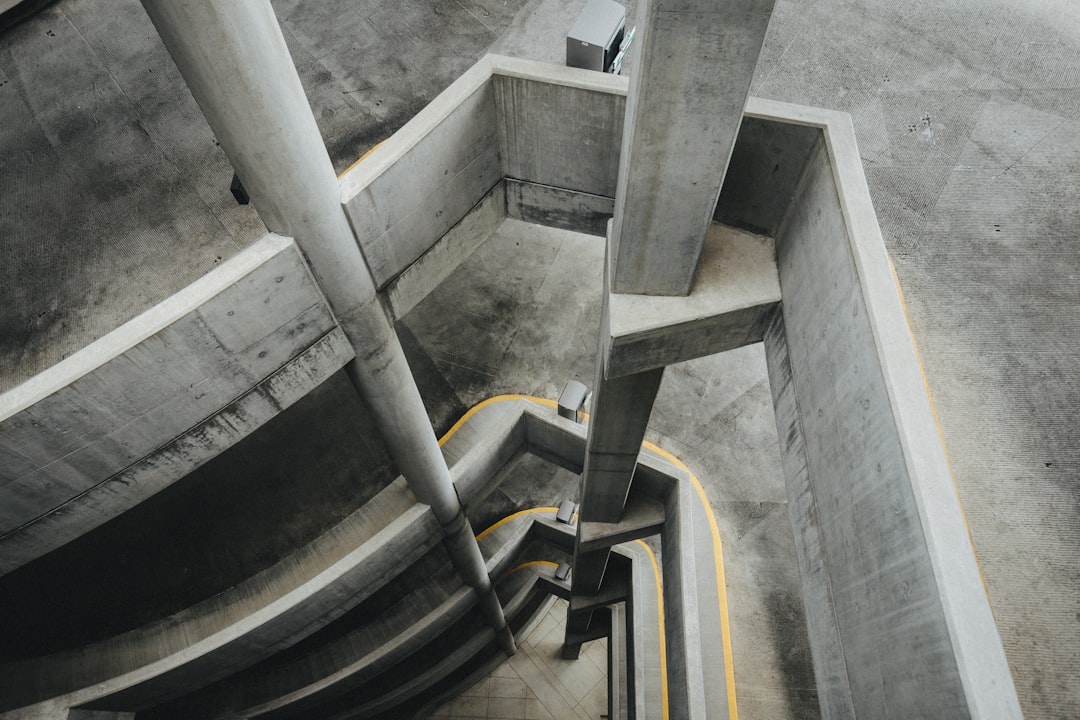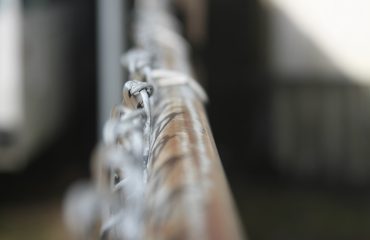Steel, the backbone of modern infrastructure, is a marvel of material science. But its creation relies on a complex interplay of raw materials, each playing a crucial role in determining the final product’s properties. This comprehensive guide delves into the diverse sources of these essential components, exploring their extraction, processing, and impact on the quality and characteristics of the steel we rely on daily.
1. Iron Ore: The Foundation of Steel
Iron ore, the primary raw material in steelmaking, is a naturally occurring rock or sediment that contains a significant amount of iron. The most common forms are hematite (Fe₂O₃), magnetite (Fe₃O₄), and limonite (FeO(OH)·nH₂O). These ores are extracted through various methods, primarily open-pit mining for large, easily accessible deposits and underground mining for deeper reserves. The extraction process involves blasting, crushing, and transporting the ore to processing plants. Here, the ore undergoes beneficiation, a process that involves crushing, grinding, and separating the iron-rich components from waste rock (gangue). This concentrates the iron content, increasing efficiency and reducing the energy required for steelmaking.
The quality of iron ore, specifically its iron content and the presence of impurities like silica, alumina, and phosphorus, significantly impacts the steel’s properties. High-grade ores with a higher iron content are preferred due to their lower processing costs and improved steel quality. The geographical distribution of iron ore deposits influences global steel production patterns, with major producers located in Australia, Brazil, China, India, and Russia.
2. Coal: The Fueling Force
Coal, a fossil fuel primarily composed of carbon, plays a vital role in steelmaking as the primary fuel source in blast furnaces and as a reducing agent in the ironmaking process. It provides the heat energy required to melt the iron ore and reduce the iron oxides to metallic iron. Coal’s quality, specifically its calorific value (energy content) and ash content (impurities), is crucial. High-quality coal with high calorific value and low ash content is preferred to maximize energy efficiency and minimize the formation of slag (waste material) during steelmaking.
The mining of coal, similar to iron ore, involves both surface and underground methods, depending on the deposit’s location and depth. Environmental concerns associated with coal mining and its combustion, such as greenhouse gas emissions and air pollution, are driving the steel industry to explore alternative energy sources and carbon capture technologies.
3. Scrap Metal: The Recycled Resource
Scrap metal, encompassing discarded steel and iron products, is a crucial secondary raw material in steelmaking. Its use significantly reduces the demand for virgin iron ore and coal, contributing to environmental sustainability and resource conservation. Scrap metal is collected from various sources, including demolition sites, automotive industries, and manufacturing plants. It’s then sorted, processed, and prepared for use in electric arc furnaces (EAFs), a major steelmaking process that utilizes scrap as its primary raw material.
The quality of scrap metal varies greatly depending on its source and composition. The presence of impurities and different steel grades can affect the final steel product’s properties. Therefore, careful sorting and processing of scrap metal are essential to ensure consistent steel quality. The increasing use of scrap metal in steelmaking represents a significant step towards a more circular economy.
4. Alloying Elements: Fine-Tuning Steel Properties
Alloying elements are added to steel to modify its mechanical, physical, and chemical properties. These elements include manganese, chromium, nickel, molybdenum, vanadium, and many others. Each element imparts specific characteristics to the steel, influencing its strength, hardness, ductility, corrosion resistance, and weldability. For instance, chromium enhances corrosion resistance (stainless steel), while nickel improves toughness and ductility.
These alloying elements are sourced from various minerals and ores through complex refining processes. Their addition to the steelmaking process is carefully controlled to achieve the desired properties. The precise composition of alloying elements is crucial in determining the final application of the steel, from construction and automotive components to medical implants and aerospace applications.
5. Fluxing Materials: Refining and Cleaning
Fluxing materials, such as limestone and dolomite, are essential in steelmaking to remove impurities from the molten iron and improve the efficiency of the process. These materials react with impurities like silica and alumina, forming slag, which floats on top of the molten iron and can be easily removed. The selection of fluxing materials depends on the composition of the iron ore and other raw materials used. The proper use of fluxing materials is vital for producing high-quality steel with desired chemical composition and mechanical properties.
The chemical reactions within the furnace, influenced by the fluxing materials, are critical in controlling the temperature, fluidity, and overall efficiency of the steelmaking process. Optimizing the use of fluxing materials contributes to cost reduction and environmental sustainability by minimizing waste and energy consumption.
Understanding the diverse sources and intricate interplay of raw materials is essential to appreciating the complexity and sophistication of steel production. Continuous innovation in sourcing, processing, and utilizing these materials will be key to ensuring a sustainable and efficient steel industry for the future.
SEO-Friendly Tags:
steel raw materials, iron ore mining, coal in steelmaking, scrap metal recycling, alloying elements steel




